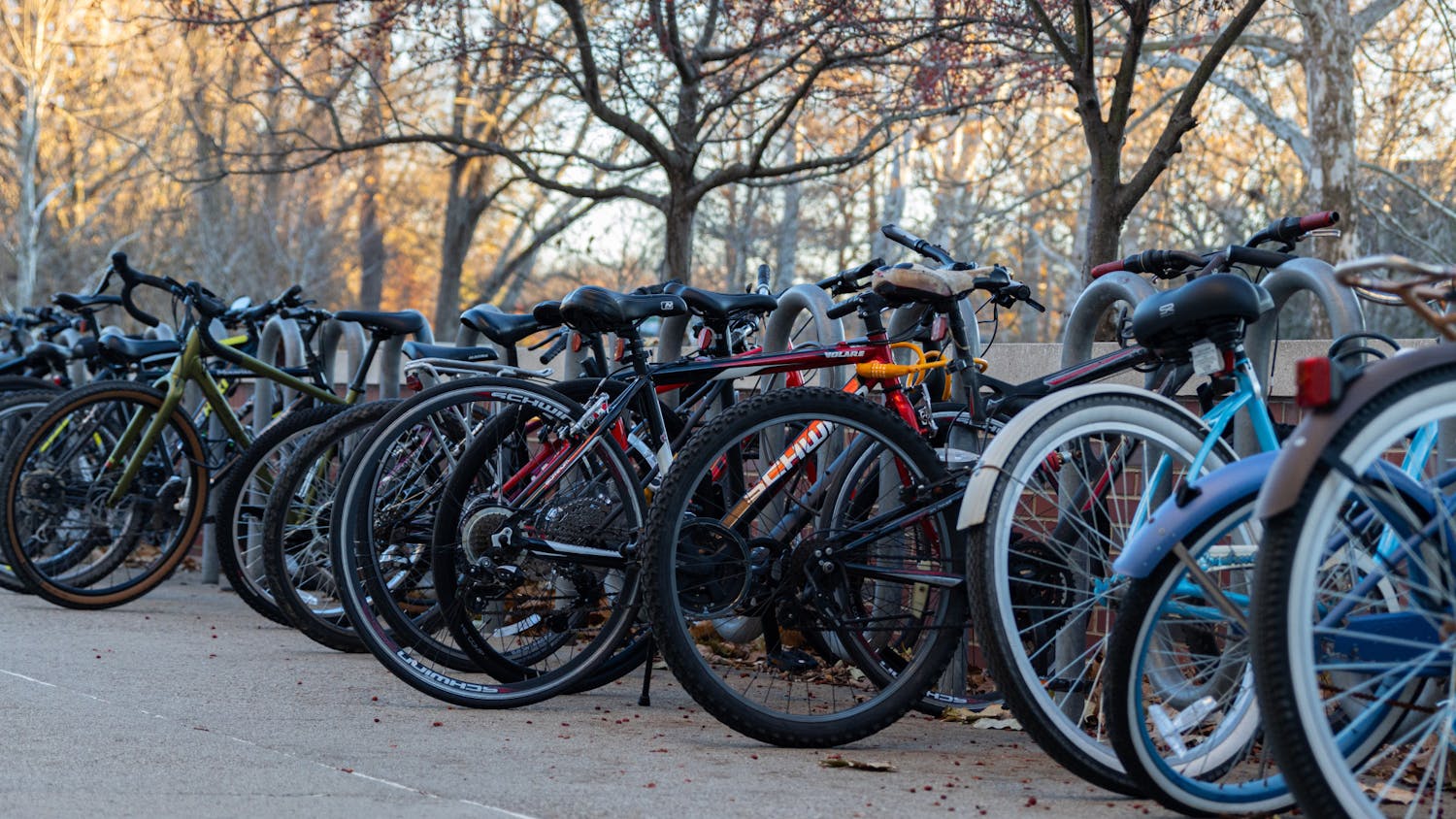Though academic terms no longer draw the line between fall and winter, runners who open their doors to frosty temperatures definitely notice the difference.
The benefits of continuing to exercise during the winter include a boosted immune system, increased energy levels and a better mood, according to the Texas Heart Institute. However, those who exercise outdoors have to be wary of the plummeting temperatures.
“Body temperature lowers because of loss of body heat,” said Dana Santoro, fitness graduate assistant for Ohio University Campus Recreation. “(There are also risks of) hypothermia, frostbite and increased vasoconstriction, which is the narrowing of blood vessels.”
Because of the dryness of the air, working out in cold weather can lead to airway constriction, which makes it harder to breathe. People outside in reduced temperatures should “avoid sudden exertion” because cold adds stress to any movement, according to the American Heart Association.
Much of how the body reacts to cold depends on how conditioned the person is before the exercise, said Kevin Silva, a second-year graduate student and an athletic trainer for football.
“An athlete that just goes around and runs around in the cold is at higher risk for muscle strains,” Silva said. “(But) athletes perform in cold weather all the time; it just takes conditioning to do so.”
Silva added that by the time winter arrives, the members of the football team are conditioned enough to handle the added strain on breathing and muscles.
John Kemerer, medical director of Campus Care, said students shouldn’t be worried about problems while exercising in the cold if they take the proper precautions. However, he added that past a certain point, students should take their workouts indoors.
“You can lose a considerable amount of heat,” he said. “When the outside temperature, combined with wind chill, hits at negative 20 degrees or lower, then (one) shouldn’t exercise outside.”
Despite the problems that could arise, there are benefits to lower temperatures during exercise. Fat-calorie burn increases at lower temperatures, according to a study in the Medicine and Science in Sports and Exercise journal.
Santoro said working out in the cold also prepares athletes for events taking place in cooler temperatures.
If students do decide to stick to outdoor running during lower temperatures, they should take proper precautions to avoid medical problems.
Both Santoro and Silva said a proper warm-up is key to raising body temperature and reducing stress on muscles.
Hydration to counteract the dry winter air is also important, Santoro said.
Kemerer said his best tip for students is to wear layers and microfiber clothing to protect from body heat loss. Wearing clothing that maintains body temperature during rest is crucial, Santoro said.
“It’s the obvious things you know you should be doing but don’t,” Kemerer said. “As long as you’re properly prepared, (the cold) shouldn’t be an adverse effect.”
eb104010@ohiou.edu





